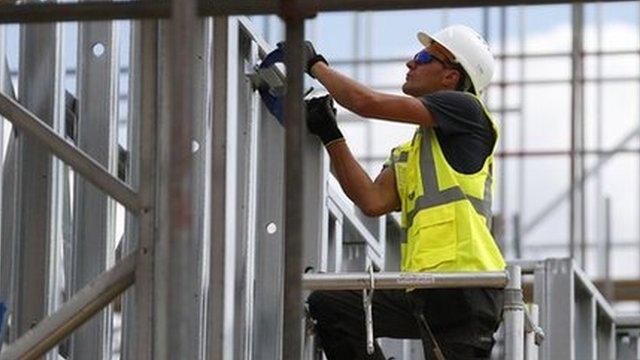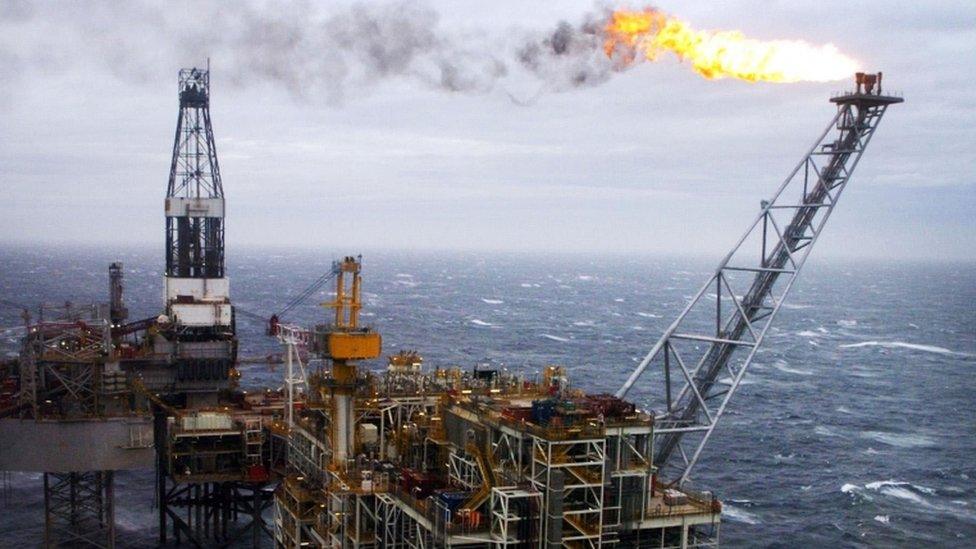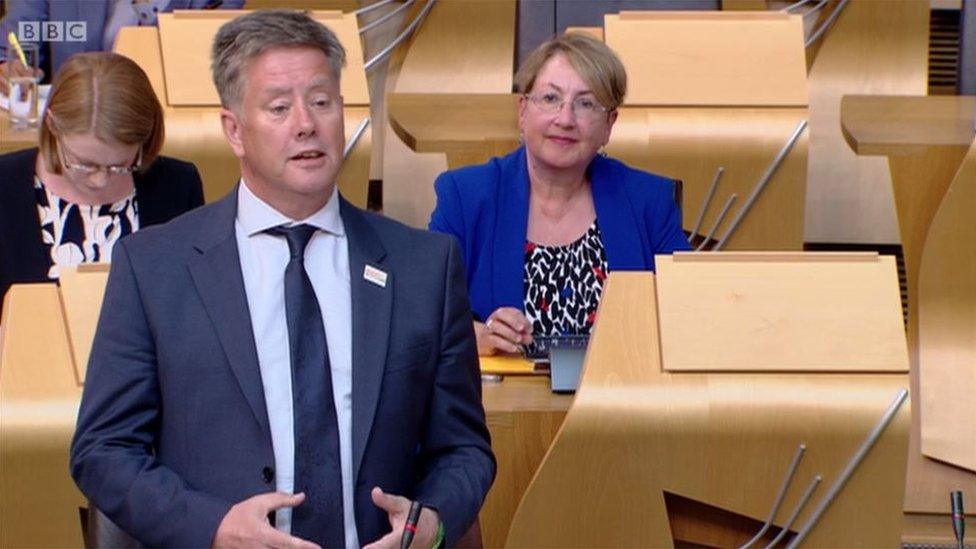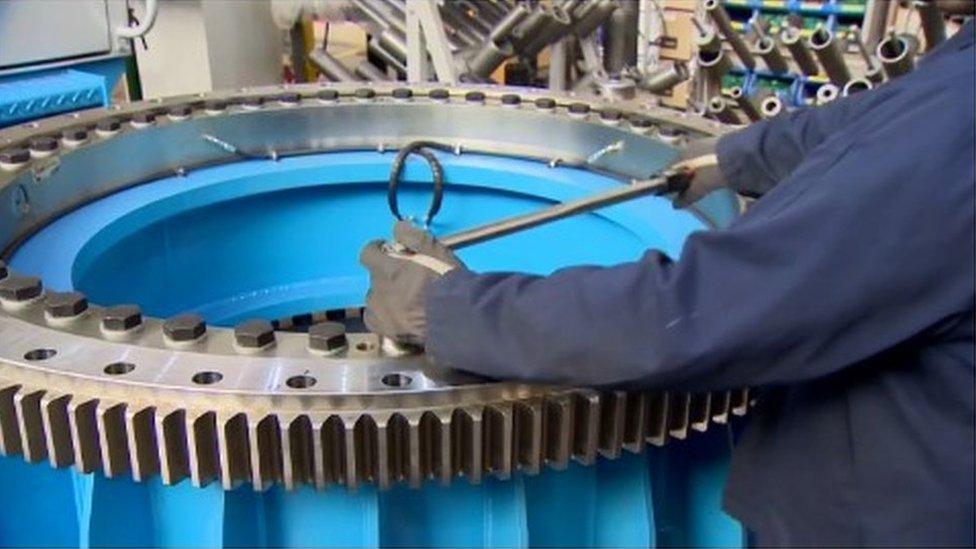Scottish economy barely growing, report shows
- Published

The Scottish economy is slowing up more than previously expected, according to one of the leading independent forecasters.
The EY Scottish Item Club now estimates growth of only 1.2% for 2016, whereas last December it expected 1.9%.
That is just over half the equivalent forecast growth rate for the whole of the UK, of 2.3%.
That assumes the referendum result retains Britain's place in the European Union.
If the vote is for Leave, there could be at least short-term uncertainty hitting economic performance.
In subsequent years, the forecast suggests that the gap between Scotland and the rest of the UK should narrow, but it remains significant.
The EY Scottish Item Club forecast is for 2% growth in Scottish output (or Gross Domestic Product) in 2017, compared with 2.6% for the UK.
Consumer confidence
In 2018, Scottish growth is forecast to be 1.8%, and 2.4% across the UK.
These figures do not include the impact of the falling value of output from oil and gas extraction, down by 8% this year.
The lower non-oil growth forecast reflects the drop in orders hitting the supply chain, particularly in engineering and some business services.

The performance of the construction industry was highlighted as a reason for much of the slowdown
There will also be a drop in activity as big government-funded construction projects wind down. That has been an important part of maintaining at least some growth in the Scottish economy over the past two years.
The more buoyant parts of the economy, which should see growth continuing, focus on consumer confidence. That is why retail, hospitality and tourism are expected to see faster growth.
There may also be some support for growth from government spending linked to the City Deals.
The gap between Scottish economic performance and that of the rest of the UK had closed from 2004, and in some years Scottish growth was stronger. But the lag has opened up again in the past year.
Mining and quarrying
While it is forecast to widen further during 2016, the gap should narrow next year, as the non-oil economy picks up pace.
While output from mining and quarrying, which includes the oil and gas extraction sector, is forecast to fall by a very large 8% this year, the only area in which Scottish growth is thought likely to match or out-perform that of the UK is in manufacturing.
There is growth forecast in that sector, though it is very weak, and in metals and machinery, it is expected to contract 1% this year.
This latest forecast is based on an independent assessment of economic behaviour, known as Item, or the Independent Treasury Economic Model.
Dougie Adams, senior economic advisor to the EY Scottish Item Club said: "Scotland now faces a third consecutive year of slowing GDP growth in 2016.
"But as the negative impact of the oil-price bust on growth fades in 2017 and 2018 the pace of expansion should pick-up, with an output increase of 2% expected from next year.
He highlighted the performance of the construction industry for explaining much of the slowdown.
"In December, EY Scottish Item Club reported an unsustainable, overdependence on the construction sector in Scotland for growth," he said. "This expansion is now easing, from a staggering 20% in 2014 to 11% in 2015, eroding the sector's contribution of overall GDP growth."
'Considerable contribution'
Mark Harvey, senior partner in Scotland of EY (formerly Ernst & Young), said: "A slowdown in Scotland's growth is to be expected given the economic headwinds to be negotiated as well as the uncertainty presented by fluctuating global markets.
"From next year, the country is poised for a significant increase in GDP growth with Scotland's cities making a considerable contribution.
"The investment and development opportunities generated through the City Region Deals will be key to driving the future growth of Scotland's economy."
He added : "Further rebalancing of the economy and a substantial increase to productivity is required for Scotland to increase growth.
"Local economic policies, increased powers through devolution and continuing stewardship from government will be instrumental in generating greater economic success in Scotland."
Another of the main forecasters of the Scottish economy, the Fraser of Allander Institute, at Strathclyde University, in March published a forecast of 1.9% growth during 2016, down from its forecast last November of 2.2%.
In another report out on Monday morning, a survey of business sentiment, carried out regularly by the BDO accountancy firm, found in May that output and growth expectations had dropped to below trend rates.
Covering evidence from business order books across the UK, the survey suggests a drop below long-term trend growth for the first time in three years.
The sharpest drop since the BDO business survey this time last year has been in expectations of recruitment growth.
- Published3 June 2016

- Published3 June 2016

- Published31 May 2016

- Published11 April 2016

- Published13 January 2016
